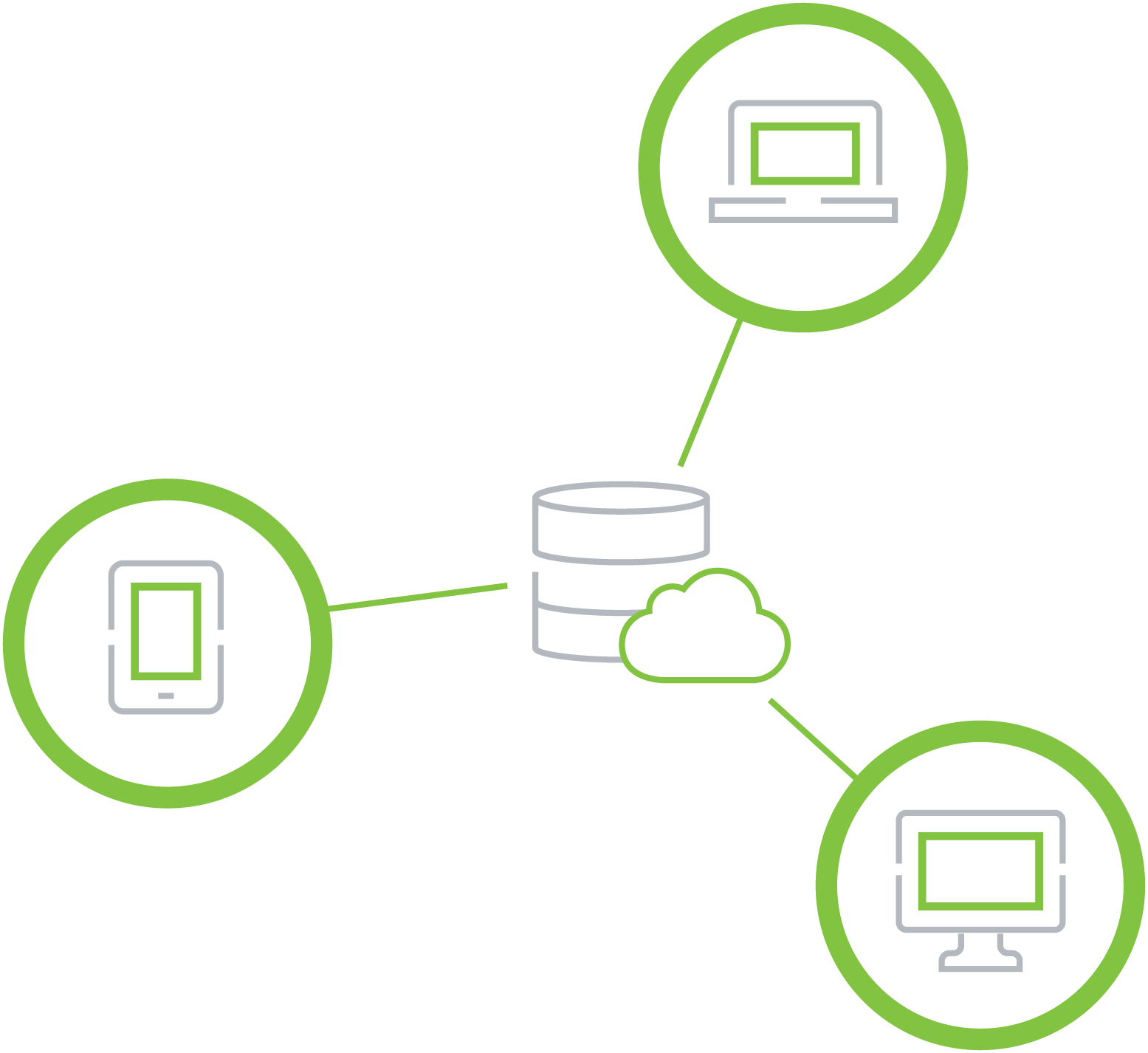Disaster Recovery as a Service (DRaaS) is a next-generation solution that leverages cloud infrastructure to enable rapid disaster recovery, ensuring businesses can continue operations without significant disruption. In an era where companies face increasing threats—ranging from cyberattacks to infrastructure failures and natural disasters—DRaaS addresses the limitations of traditional recovery systems with faster, more scalable, and cost-effective alternatives.
As the frequency and impact of disruptive events continue to grow beyond 2025, DRaaS has become a critical component of business continuity strategies. It empowers organizations to swiftly restore operations and protect critical data following a disaster.
Why DRaaS Is Essential
DRaaS offers key advantages that are essential for maintaining seamless business operations in today’s unpredictable digital landscape:
1. Minimal Downtime
DRaaS ensures fast recovery of systems and data, allowing organizations to resume operations with little to no delay. Rapid failover to the cloud infrastructure enables continued functionality even during significant disruptions—helping businesses maintain customer trust and avoid financial loss.
2. Cost-Effective Recovery
Unlike traditional disaster recovery, which requires heavy investments in infrastructure and hardware, DRaaS operates on a flexible pay-as-you-go model. Businesses eliminate large upfront costs and reduce ongoing maintenance expenses, while still benefiting from scalable cloud resources.
3. Enhanced Business Continuity
DRaaS includes built-in features such as automated backups and failover mechanisms, ensuring uninterrupted access to critical systems. Industries like finance, healthcare, and retail rely on DRaaS to maintain data availability and uptime, even during emergencies.
Example: A healthcare provider quickly restored patient data and resumed operations within hours of a ransomware attack. Similarly, a retail business used DRaaS to recover inventory and online systems after a natural disaster, continuing sales during peak shopping periods.
4. Scalability and Flexibility
DRaaS adapts easily to evolving IT environments. As businesses grow or shift their infrastructure, DRaaS offers the flexibility to tailor backup strategies and recovery objectives to meet changing demands—making it a future-proof solution.
Challenges in DRaaS Implementation
Despite its many advantages, implementing DRaaS requires careful planning to address several challenges:
1. Disaster Recovery Plan Coordination
Creating an effective disaster recovery plan involves aligning IT systems, business processes, and recovery goals. This process is complex and time-consuming and must be regularly updated to reflect evolving business operations and technologies.
Reliable data replication is essential for DRaaS to function. Large data volumes can lead to delays, corruption, or inconsistencies if not handled correctly. Ensuring real-time, accurate replication is critical for dependable recovery.
3. Regular Testing Requirements
Disaster recovery plans must be tested frequently to ensure they work as intended. However, these tests can disrupt operations if not scheduled properly. Skipping tests leaves businesses vulnerable to hidden system weaknesses during real crises.
4. Network Reliability
DRaaS relies on high-speed, stable internet connectivity for data replication and recovery. Any network instability can delay or disrupt recovery efforts, emphasizing the need for a reliable and high-performance infrastructure.
5. Aligning RTOs and RPOs
Businesses must carefully define their Recovery Time Objectives (RTO) and Recovery Point Objectives (RPO). If DRaaS features don’t align with these metrics, it can lead to unacceptable downtime or data loss—hindering business continuity.
Maximizing the Benefits of DRaaS
Achieving the full potential of DRaaS depends on expert implementation and ongoing support. A knowledgeable partner will guide businesses through each stage of setup and management:
1. Strategic Assessment
The process begins with a comprehensive evaluation of IT systems to identify mission-critical components and determine appropriate RTOs and RPOs. This assessment informs a customized recovery strategy suited to the organization’s specific needs.
2. Tailored Deployment
Based on the assessment, a DRaaS solution is deployed to integrate seamlessly with existing cloud and on-premise systems. Clear recovery and failover procedures are established, ensuring a streamlined and secure recovery process.
Ongoing performance monitoring ensures the DRaaS system operates efficiently. Early identification of replication delays or system issues enables proactive mitigation before a real disaster occurs.
4. Disaster Simulations
Regular testing through simulations prepares the organization for real-life scenarios. These drills expose weaknesses and strengthen the recovery plan, improving response times and ensuring seamless execution during emergencies.
5. Rapid Incident Response
In the event of a disaster, DRaaS enables fast recovery with minimal disruption. Critical systems are restored quickly, reducing operational impact and supporting full business continuity.
Conclusion
DRaaS delivers rapid recovery, data protection, and operational continuity—making it an indispensable part of modern business resilience. Although implementation can present challenges in coordination, replication accuracy, and testing, expert guidance ensures these complexities are successfully addressed.
With a properly implemented DRaaS solution, businesses are equipped to recover swiftly, minimize downtime, and maintain their operations no matter what challenges arise.
Is your business prepared for unexpected disruptions?
Contact us today to explore customized DRaaS solutions that will safeguard your operations and secure your future.






